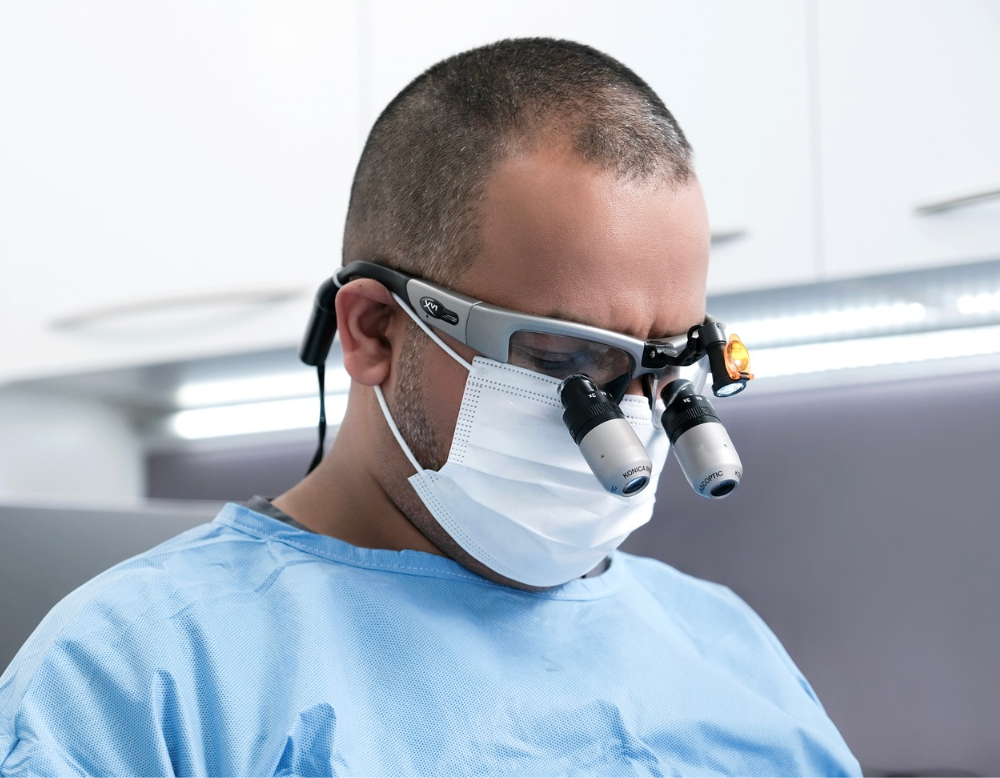

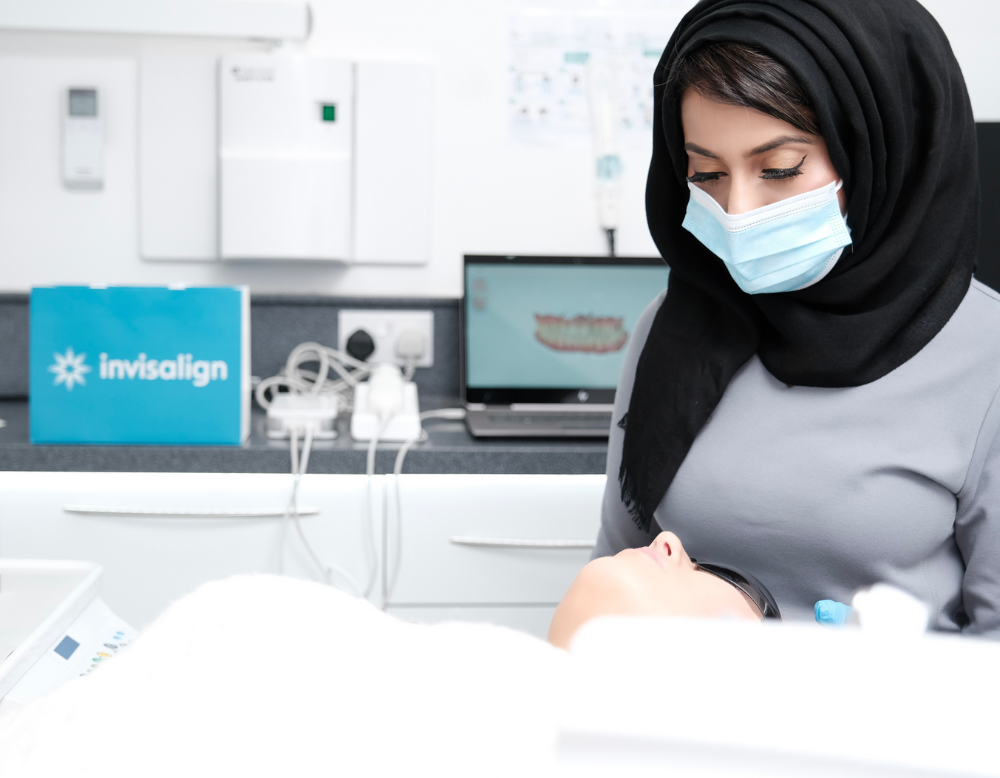


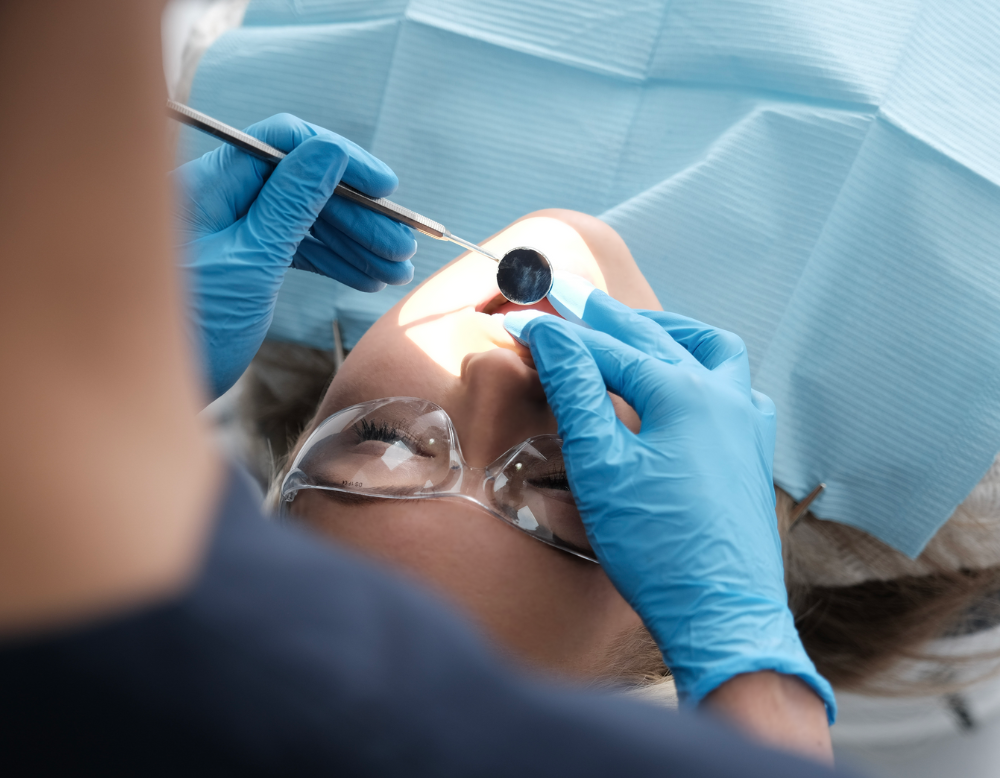
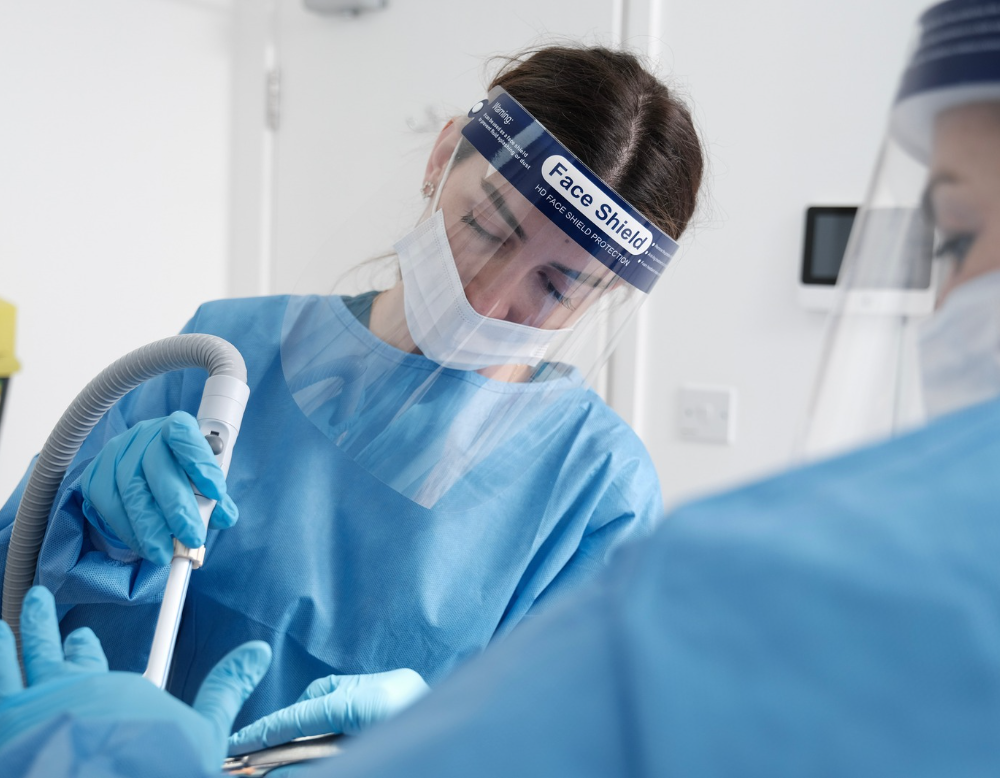
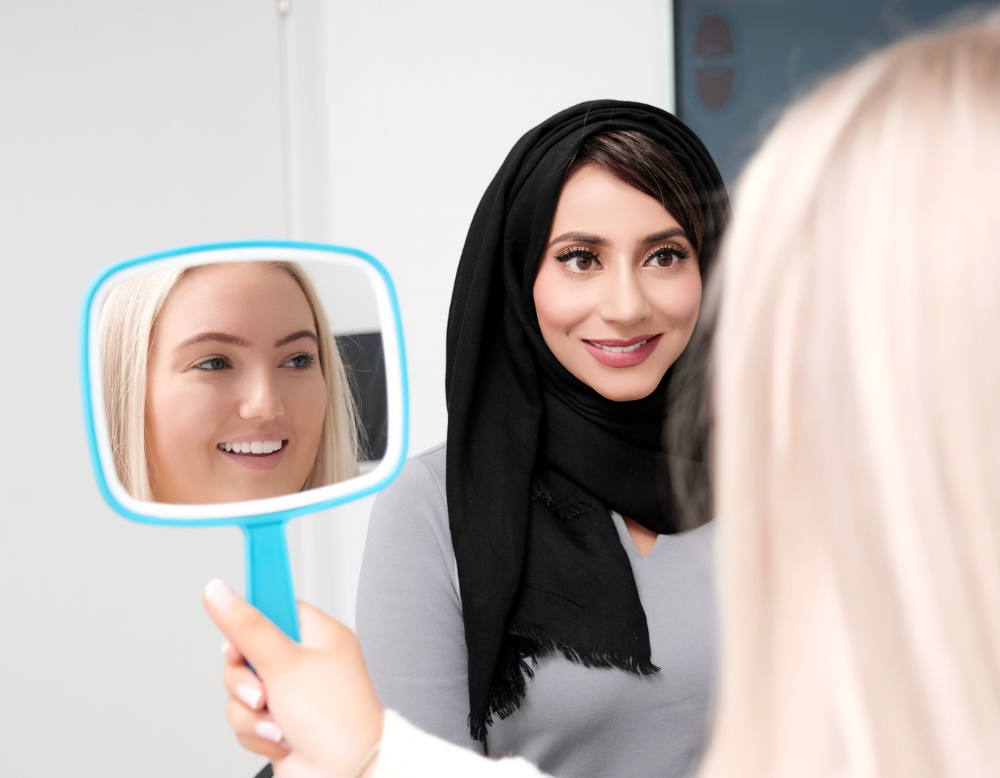


If you’re cursed with crooked teeth, then you might want to consider braces. Braces are the number one treatment for straightening teeth, and around 200,000 children and adults in England and Wales get braces each year.
Everyone knows what braces are, but did you know about the different types? There are actually five main types of braces: fixed braces, removable braces, nearly invisible braces, functional appliances and headgear. In this post, we’ll discuss each one so that you’ll feel confident when it comes to ways to straighten your teeth.
Fixed braces are the most common type of orthodontic treatment. As their name suggests, these devices are fixed to your teeth, and you can’t take them out. This means you’ll need to wear a gum shield when playing sports like rugby to protect your mouth and your braces. You will also need to avoid eating certain foods, such as hard sweets and toffee, as these can easily get stuck in fixed braces and may even damage them. Fixed braces are usually made of metal, but there are some made of porcelain and plastic.
Unlike fixed braces, removable braces aren’t fixed to your teeth. This means you can take them out whenever you like. For example, you can take them out while playing a sport, playing an instrument, eating a meal or brushing your teeth. For this reason, patients find that removable braces are more convenient than fixed braces. However, removable braces are also more expensive. Also, even though they’re removable, you’ll still wear them for around twenty hours per day.
Nearly invisible braces are a fairly recent invention. They’re called nearly invisible braces because they’re made of transparent plastic and difficult for people to see. This means no one can tell you’re wearing braces, which is great if you feel self-conscious about your appearance. However, nearly invisible braces aren’t recommended for patients who still have baby teeth. Therefore, children and young teenagers usually need traditional metal braces instead.
At Hazelwood, the nearly invisible braces we use are called Invisalign®. Read our Invisalign® page for more information.
Functional appliances are devices used to correct jaw misalignment. This type of appliance isn’t common, and not every dentist offers it; only about 20% of orthodontists worldwide offer functional appliances. Also, functional appliances won’t work on adults because their jaws are already fixed. Therefore, functional appliances are only suitable for teenagers.
You might have seen headgear in American films or TV; they’re the contraptions you wear around your head and resemble medieval torture devices. The purpose of headgear is to correct misaligned jaws. They either move the upper jaw backwards or pull the lower jaw forward.
Finally, let’s talk about retainers. Retainers don’t straighten your teeth, so therefore they’re not braces. However, what they do is equally as important as braces: they keep your straightened teeth in place. After a treatment of braces, you will need to wear retainers for life, or your teeth might move back to their original positions. Failure to wear retainers is a common reason why braces patients see their teeth become crooked over time.
Back to Blog
“I had a tooth extraction with Dr Femi and his nurse, Christine, today; they are the best! I was very nervous, and they both made me feel at ease, ensured I was okay and explained the process in detail to me. I am very happy and already feel better. Dr Femi is the best and...”
“I’m so happy I’ve been given the all-clear after being fitted with dental implants. Thank you, Dr Hussein Asaria, for performing the surgery with minimal discomfort and feeling so at ease throughout the procedure. I am so glad the procedure went smoothly, and I recovered really well. I am pleased with the results and wish...”
“I was a nervous patient and was worried about having my tooth taken out. Dr Femi and his nurse were so amazing. I had a denture to be fitted, and he did that. It was done very quickly, and the nurse was very caring. I have to say I have had no pain since. This...”
“Dear Hazelwood Dental Practice, just to let you know that Femi and Christina did a fantastic job on my mother removing 3 front teeth. She had a bit of pain with the injections, but apart from that, there was no pain with the removal of the teeth and no pain thereafter. As my mother was...”
“I had a tooth extraction with Dr Femi and his nurse, Christine, today; they are the best! I was very nervous, and they both made...”
“I’m so happy I’ve been given the all-clear after being fitted with dental implants. Thank you, Dr Hussein Asaria, for performing the surgery with minimal...”
“I was a nervous patient and was worried about having my tooth taken out. Dr Femi and his nurse were so amazing. I had a...”
“Dear Hazelwood Dental Practice, just to let you know that Femi and Christina did a fantastic job on my mother removing 3 front teeth. She...”
Error: No connected account.
Please go to the Instagram Feed settings page to connect an account.


